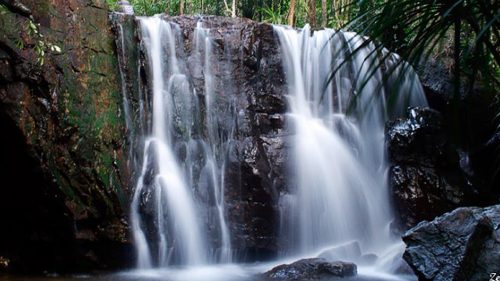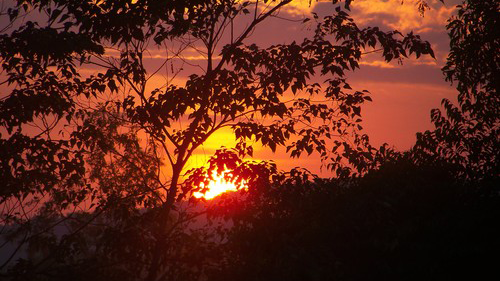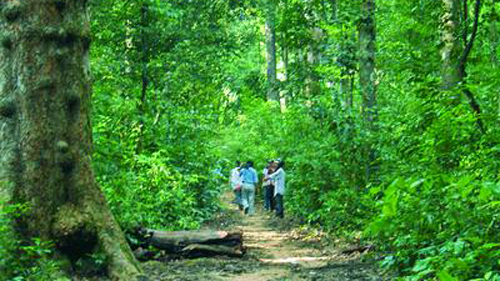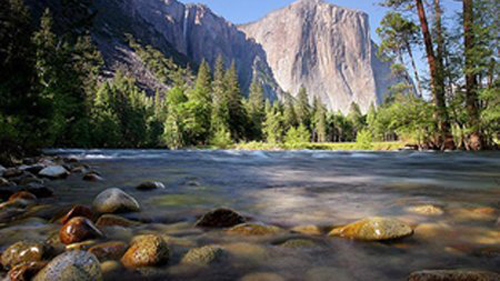Situated in the North-East of Phu Quoc Island in the southern province of Kien Giang, the park has special and unique biodiversity values compared to other national parks across the country.
Located on an island that has a mixture of continental and coastal climate, the park possesses a rich ecosystem of primeval, secondary and indigo forests.

Its indigo forests are distributed across sloping hills and lowlands that are flooded in the rainy season.
The topography of the national park is hilly, although not particularly steep, with its highest point at 603m on Mount Chua.
Drained by numerous, mainly seasonal, streams, the only sizeable river on the island is the Rach Cua Can River, which winds through the southern part of the park before flowing into the sea on the west coast of the island.
Remarkably, the national park alone is home to more than 920 species of plants and a large diversity of coral reef. Phu Quoc Island supports 12,794 ha of lowland evergreen forest, 86 percent of which is within the national park itself.
At lower elevations, the national park shows distinctive formations of Melaleuca, a family of trees that sport evergreen leaves, alternately arranged in dark green and grey-green colours.
In regards to local fauna, a list of 43 mammal species belonging to 18 families and 6 orders has been compiled in the park.
Silvered langur, slow loris, pygmy loris, crab-eating macaque, stump-tailed macaque, small-clawed otter and fruit bats are just some of the rare species that conservationists are concerned about.
Due to the plentiful coral reef on the south of the island, there are over 120 species of fish, 130 species of mollusk and 62 species of sea weed recorded in the area.
Interestingly enough, Phu Quoc is also one of only two places in Vietnam where the Dugong, a marine species on the brink of extinction, can be found.
Phu Quoc National Park proves to be a fantastic destination for tourists as it offers a wide range of activities such as camping, trekking and swimming. It is also ideal for those who want to study a wide variety of tropical forests.




Leave your comment on this story